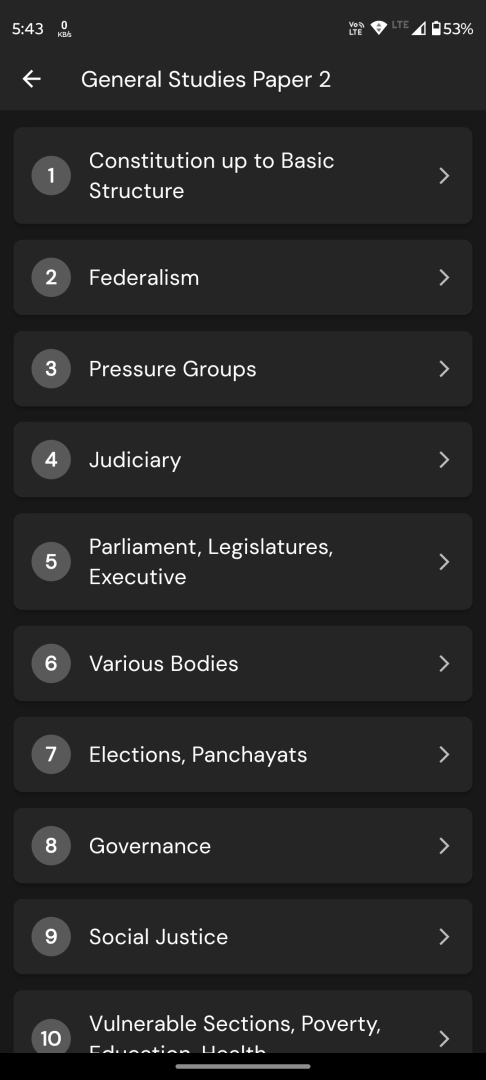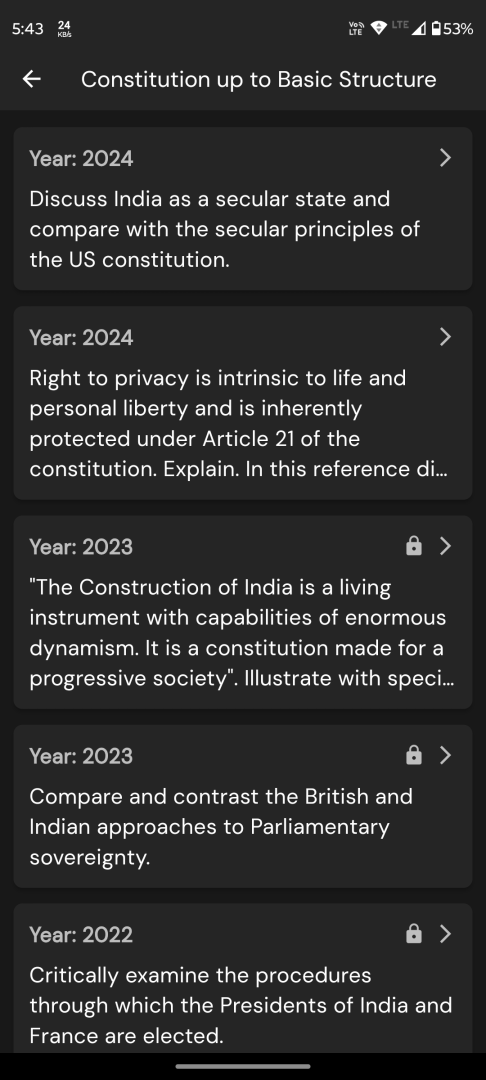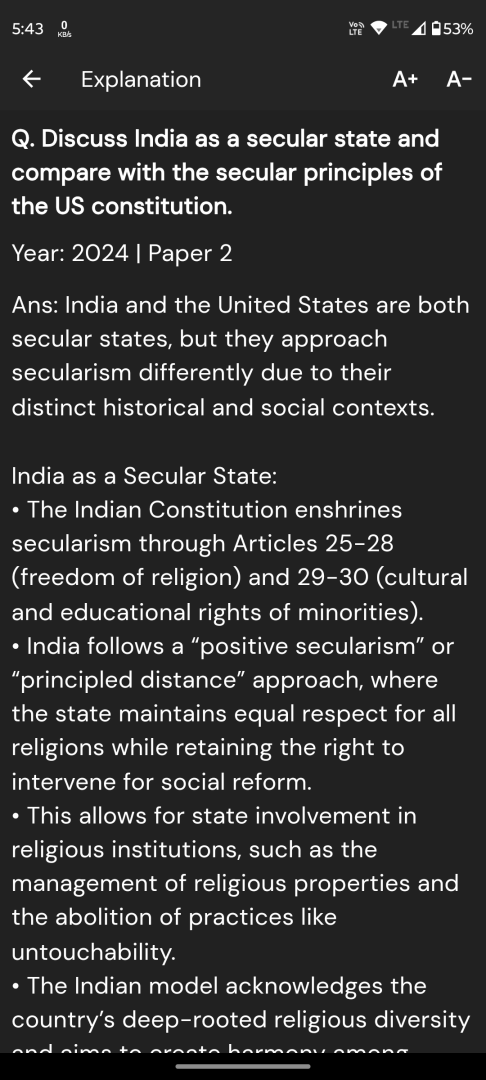Q. The price (p) of a commodity is first increased by k%; then decreased by k%; again increased by k%; and again decreased by k%. If the new price is q, then what is the relation between p and q?
(a) p(10⁴ – k²)² = q × 10⁸
(b) p(10⁴ – k²)² = q × 10⁴
(c) p(10⁴ – k²) = q × 10⁴
(d) p(10⁴ – k²) = q × 10⁸
Correct Answer : (a) p(10⁴ – k²)² = q × 10⁸
UPSC Prelims 2025 CSAT
Explanation :
Let the original price be p. An increase of k% multiplies the price by (1 + k/100), and a decrease of k% multiplies it by (1 – k/100). The sequence of changes is:
1. Increase by k%: multiplier = (100 + k)/100
2. Decrease by k%: multiplier = (100 – k)/100
3. Increase by k%: multiplier = (100 + k)/100
4. Decrease by k%: multiplier = (100 – k)/100
Overall multiplier = [(100 + k)/100 × (100 – k)/100]²
= [((100)² – k²)/(100)²]²
= (10000 – k²)² / (10000)²
= (10⁴ – k²)² / 10⁸.
Thus the new price q is:
q = p × (10⁴ – k²)² / 10⁸
Rearrange to relate p and q:
p (10⁴ – k²)² = q × 10⁸
Answer: (a) p(10⁴ – k²)² = q × 10⁸





